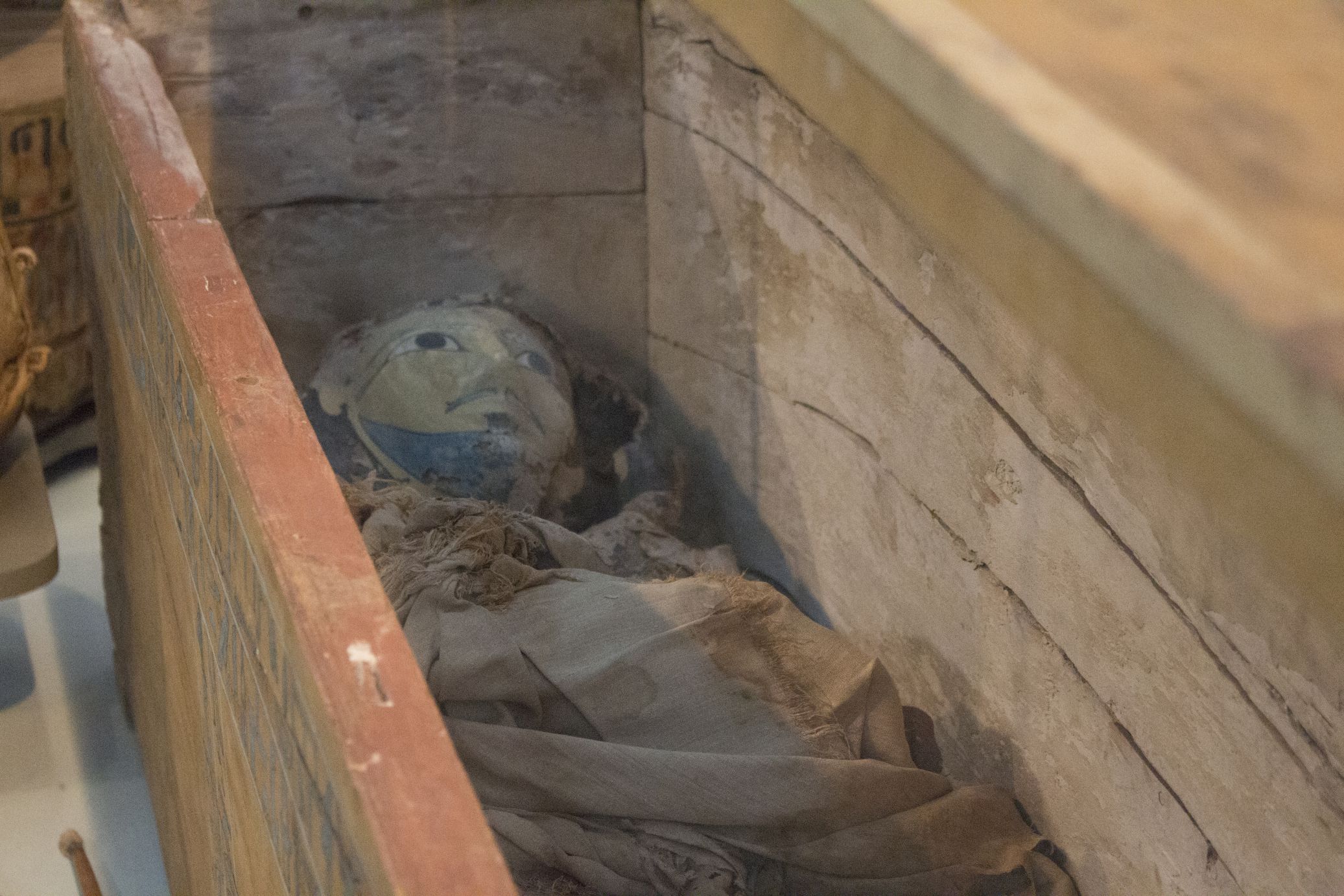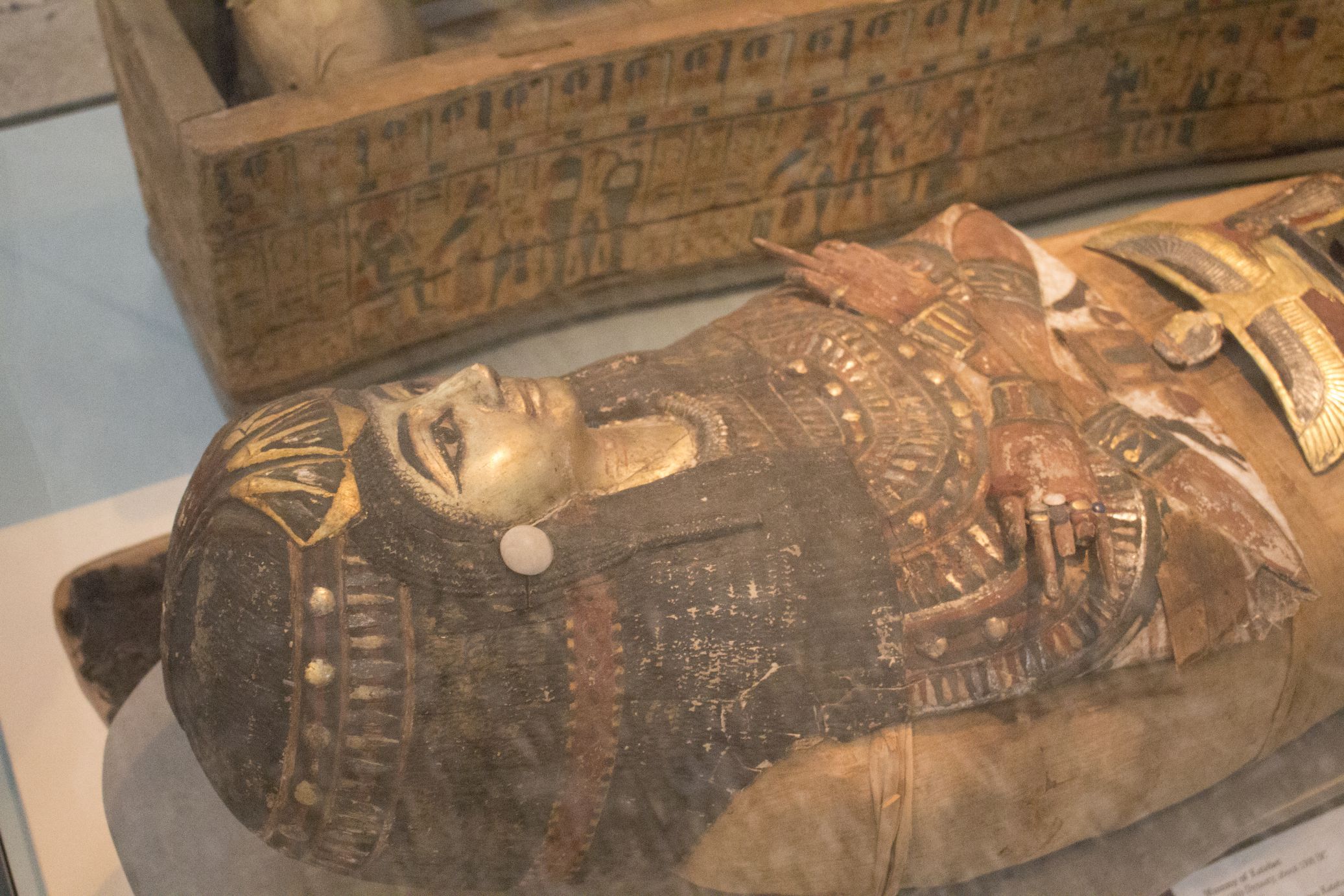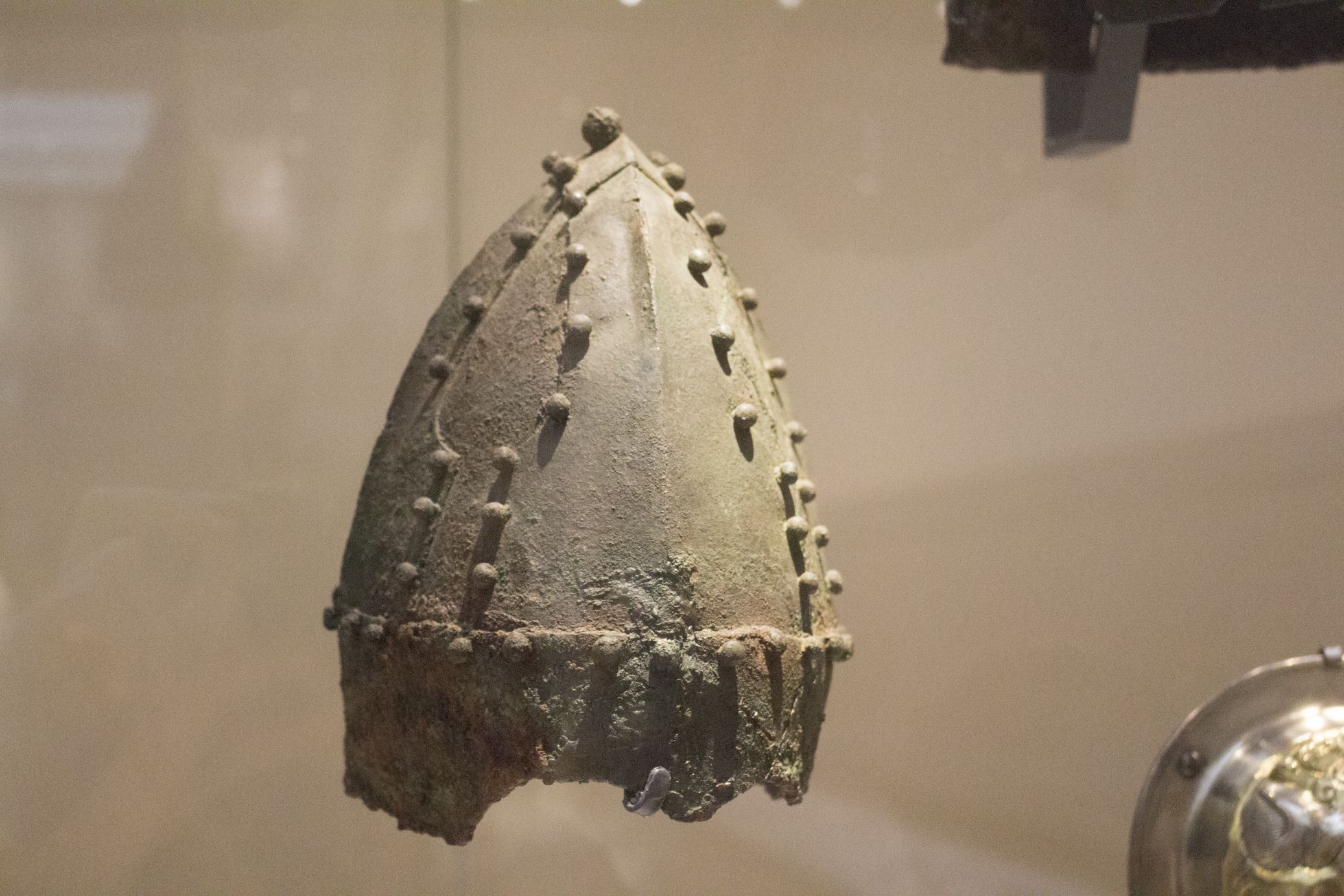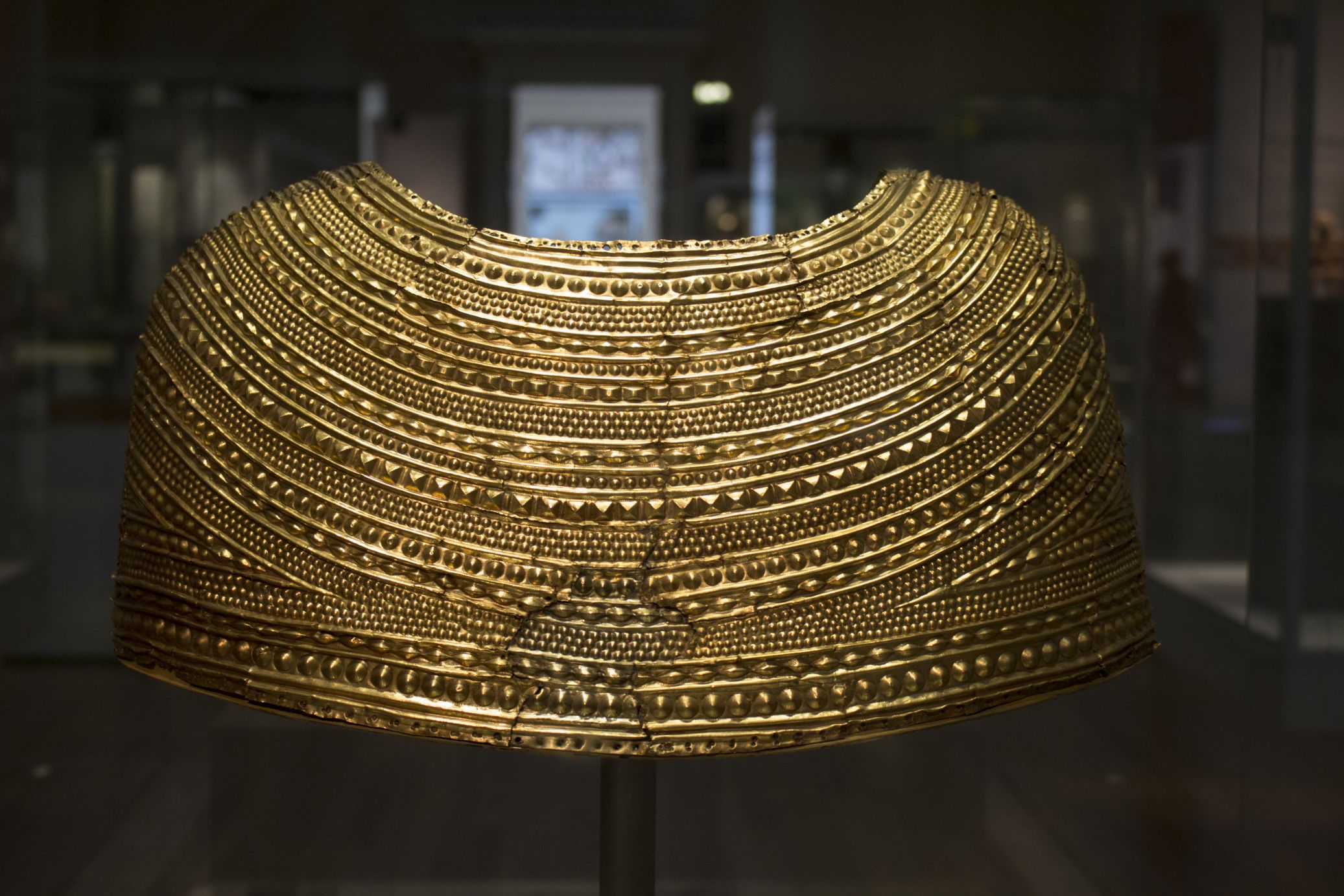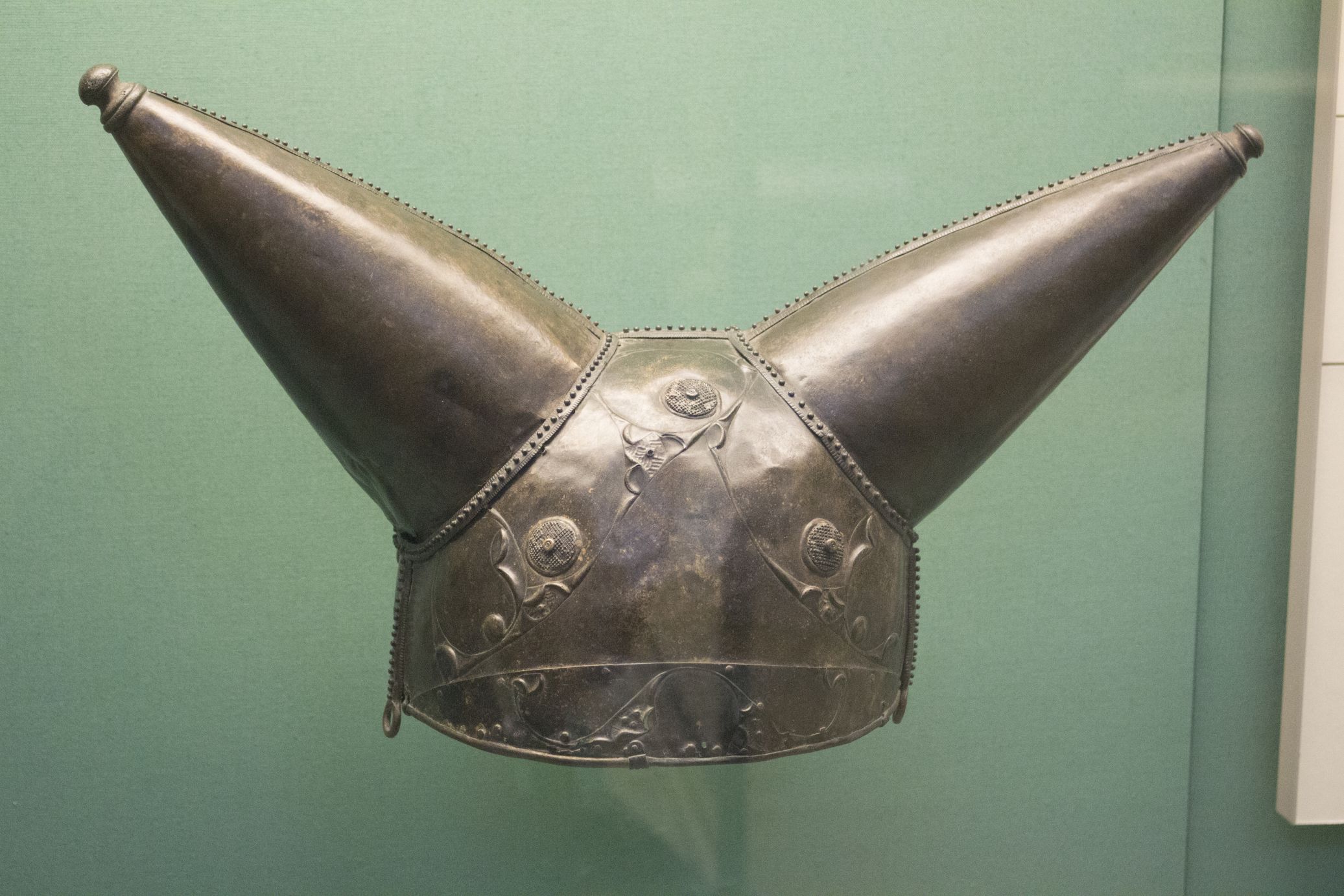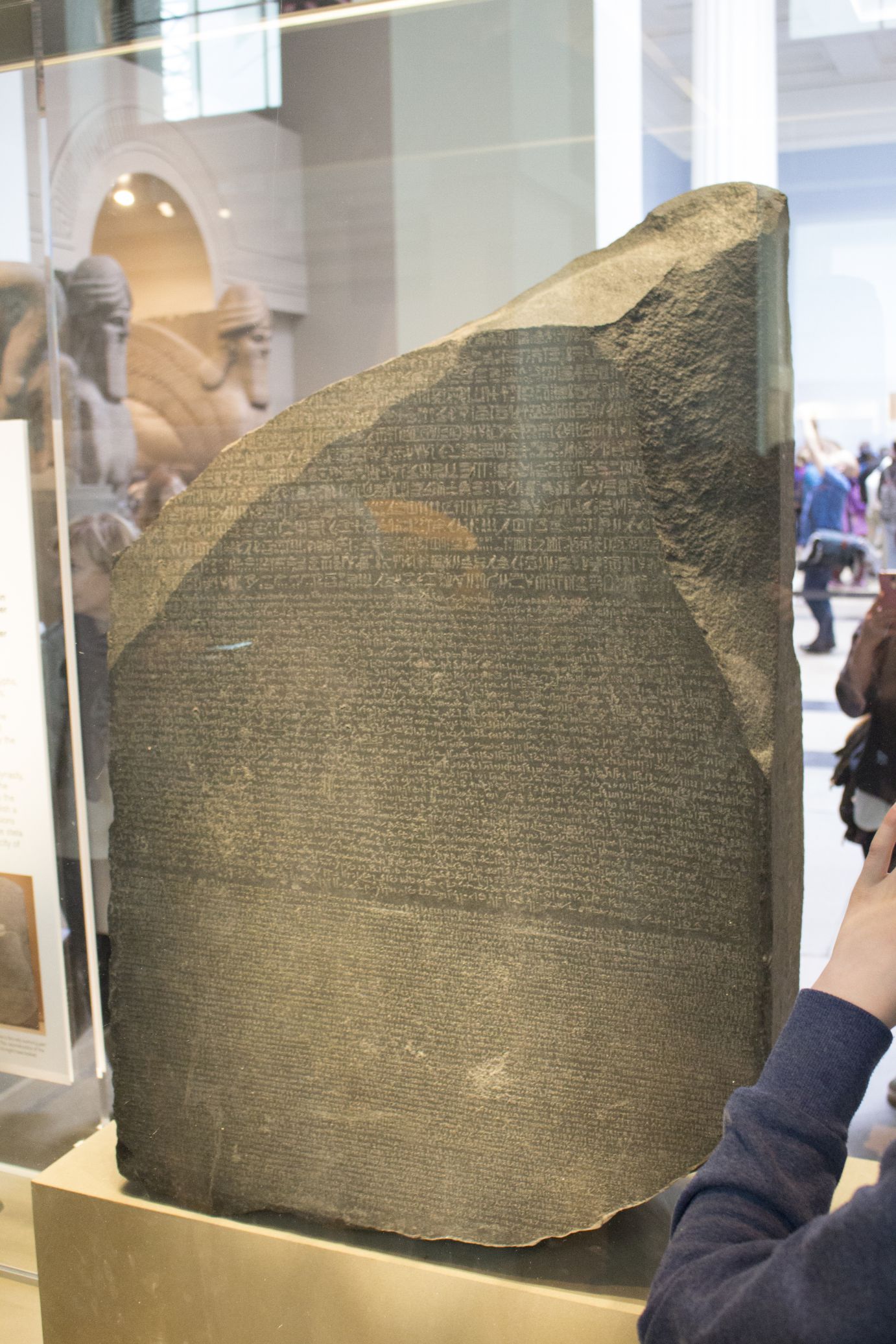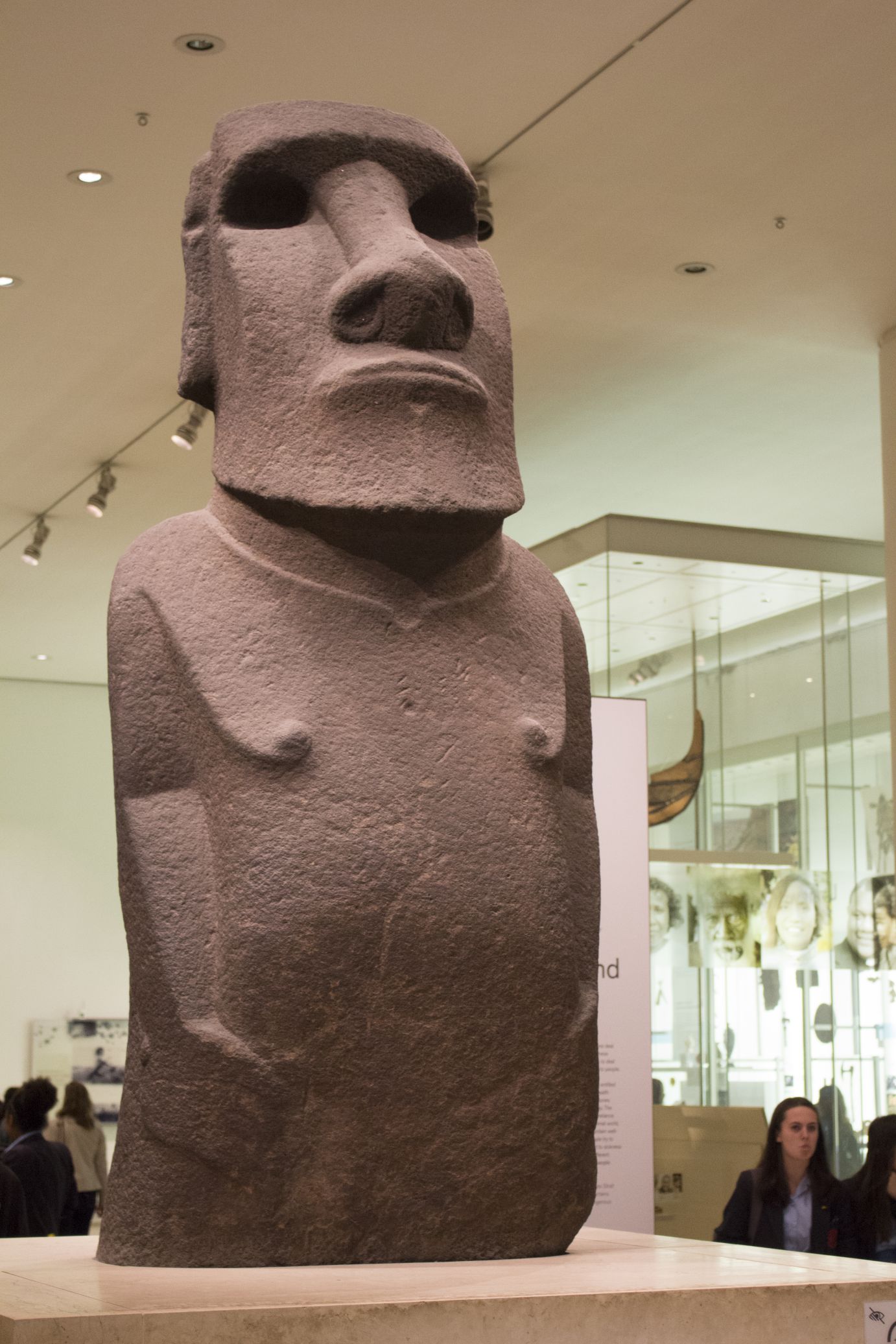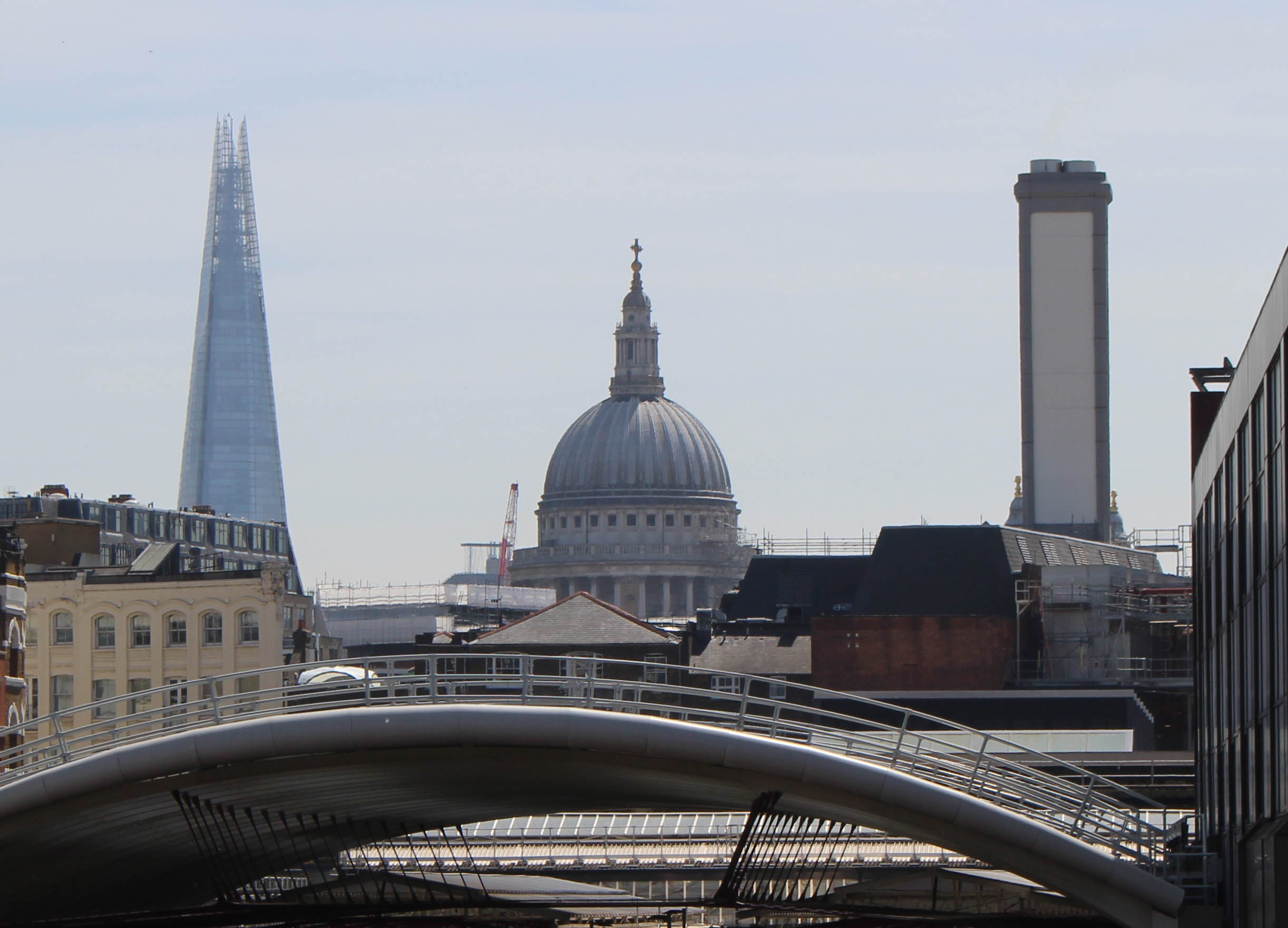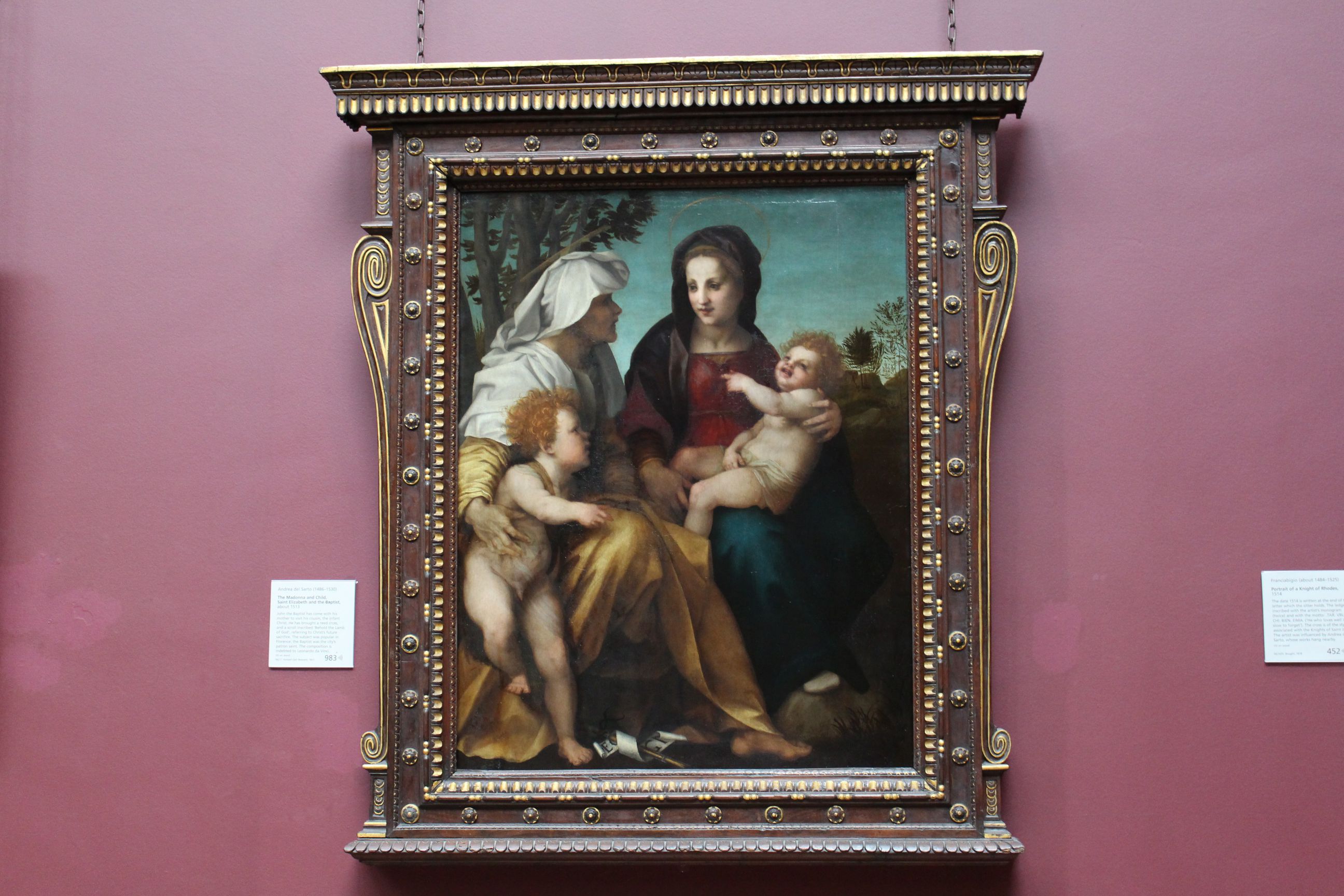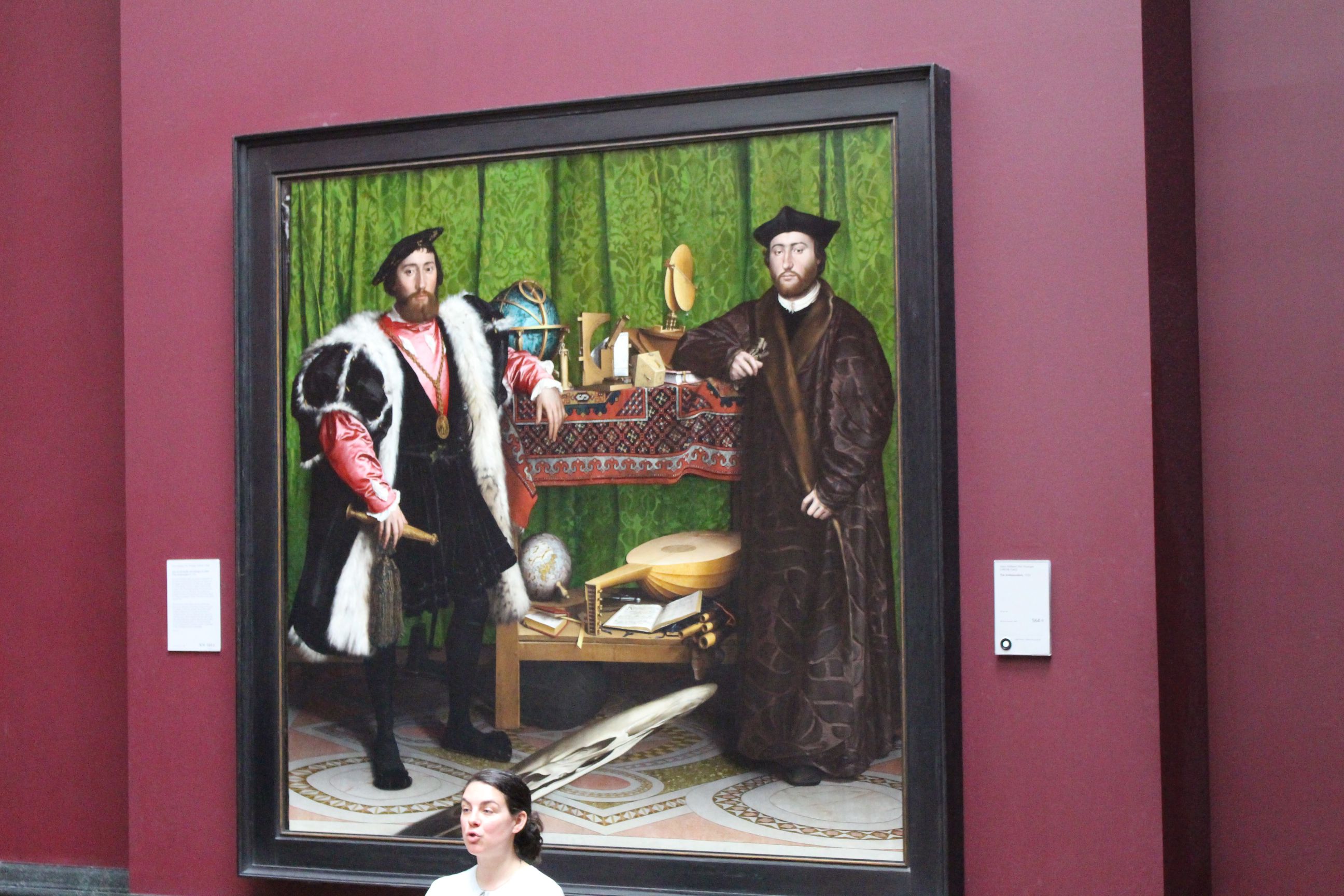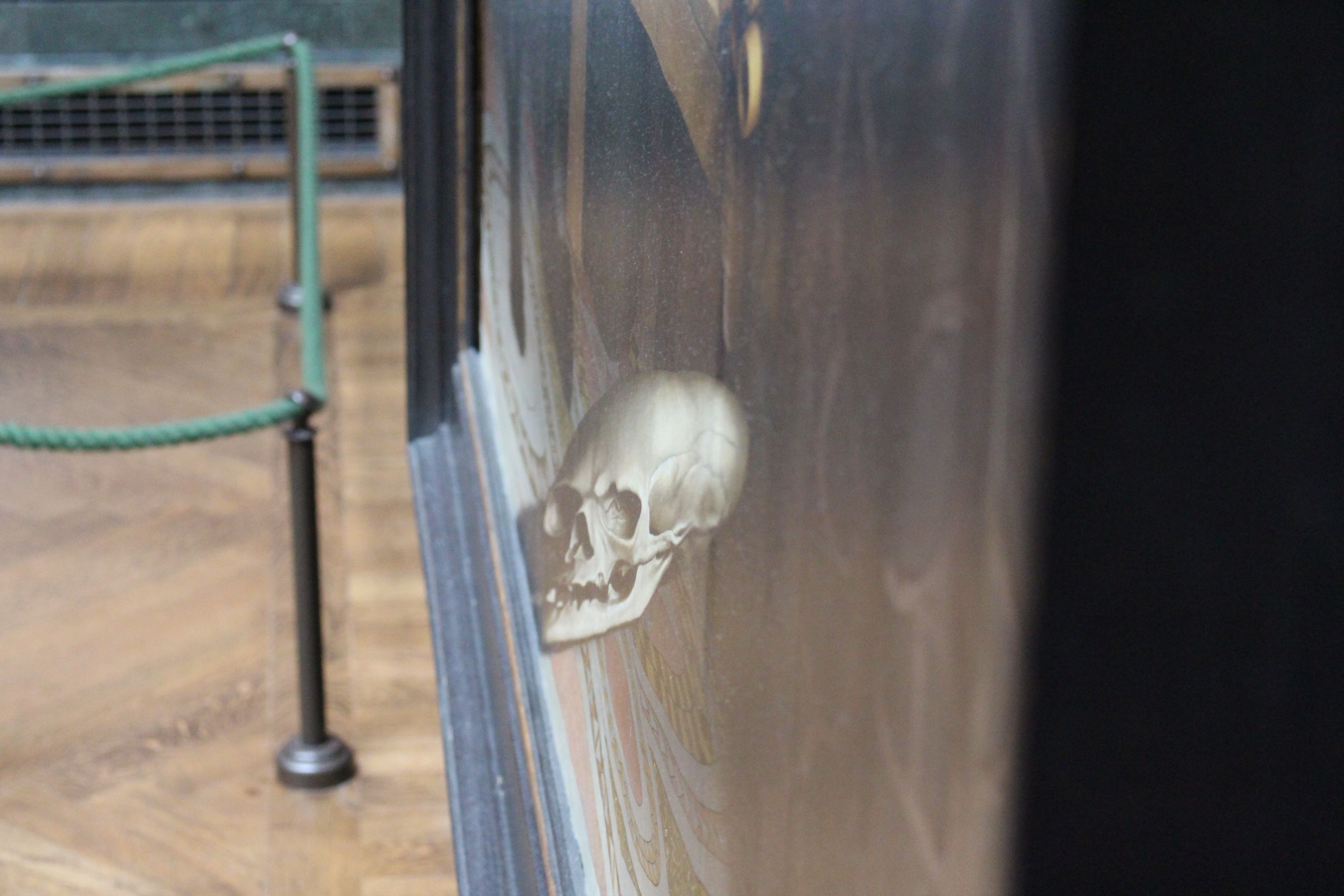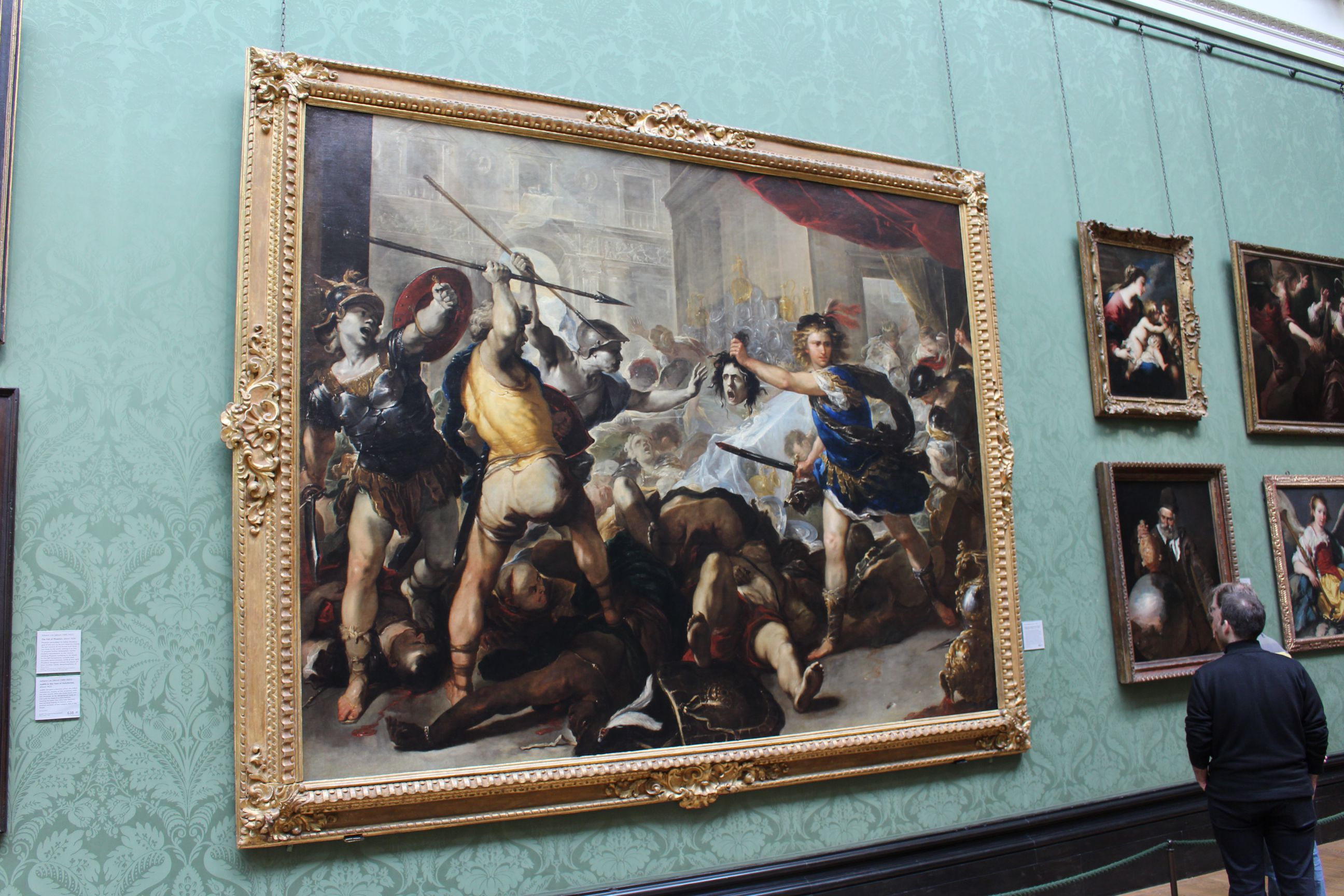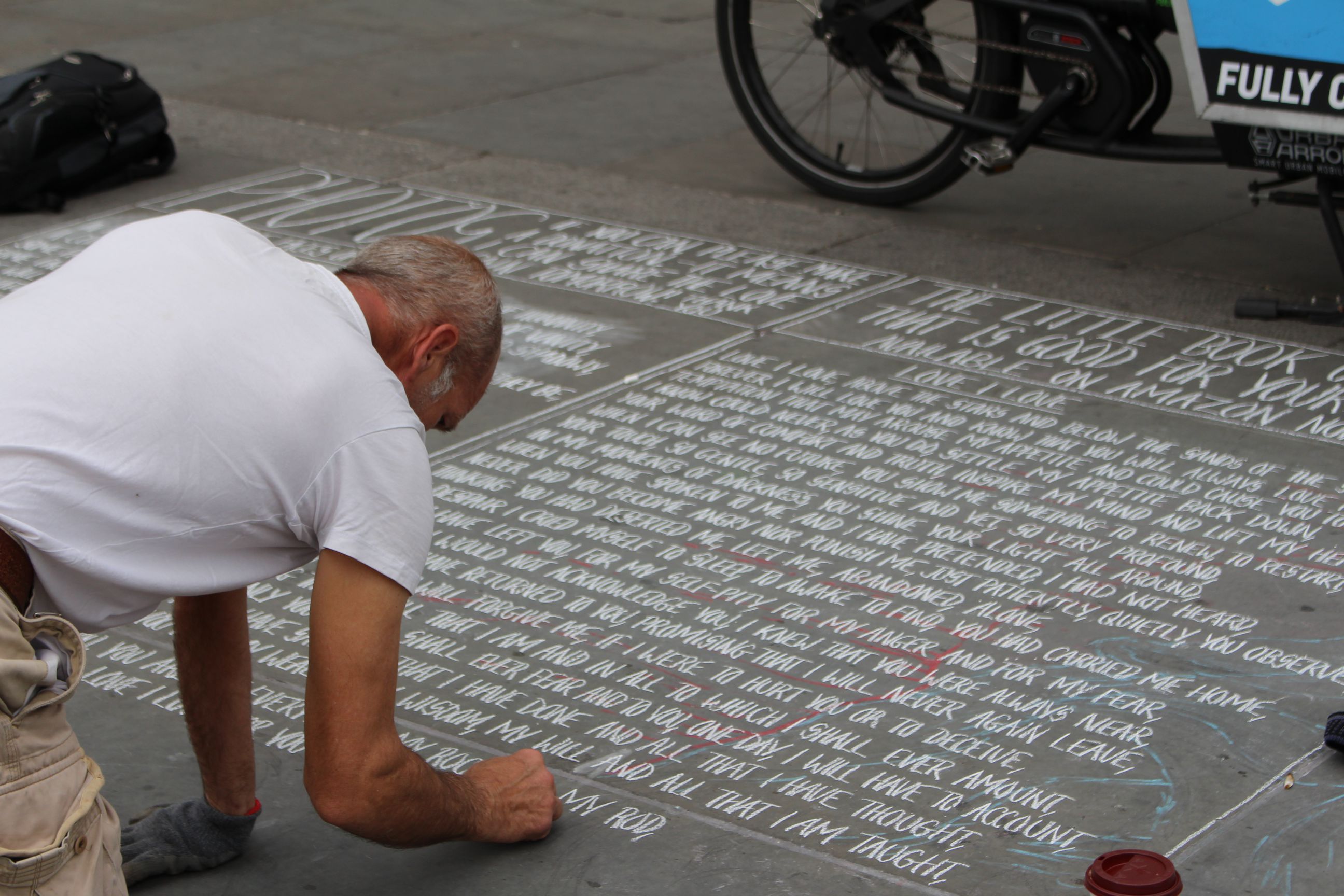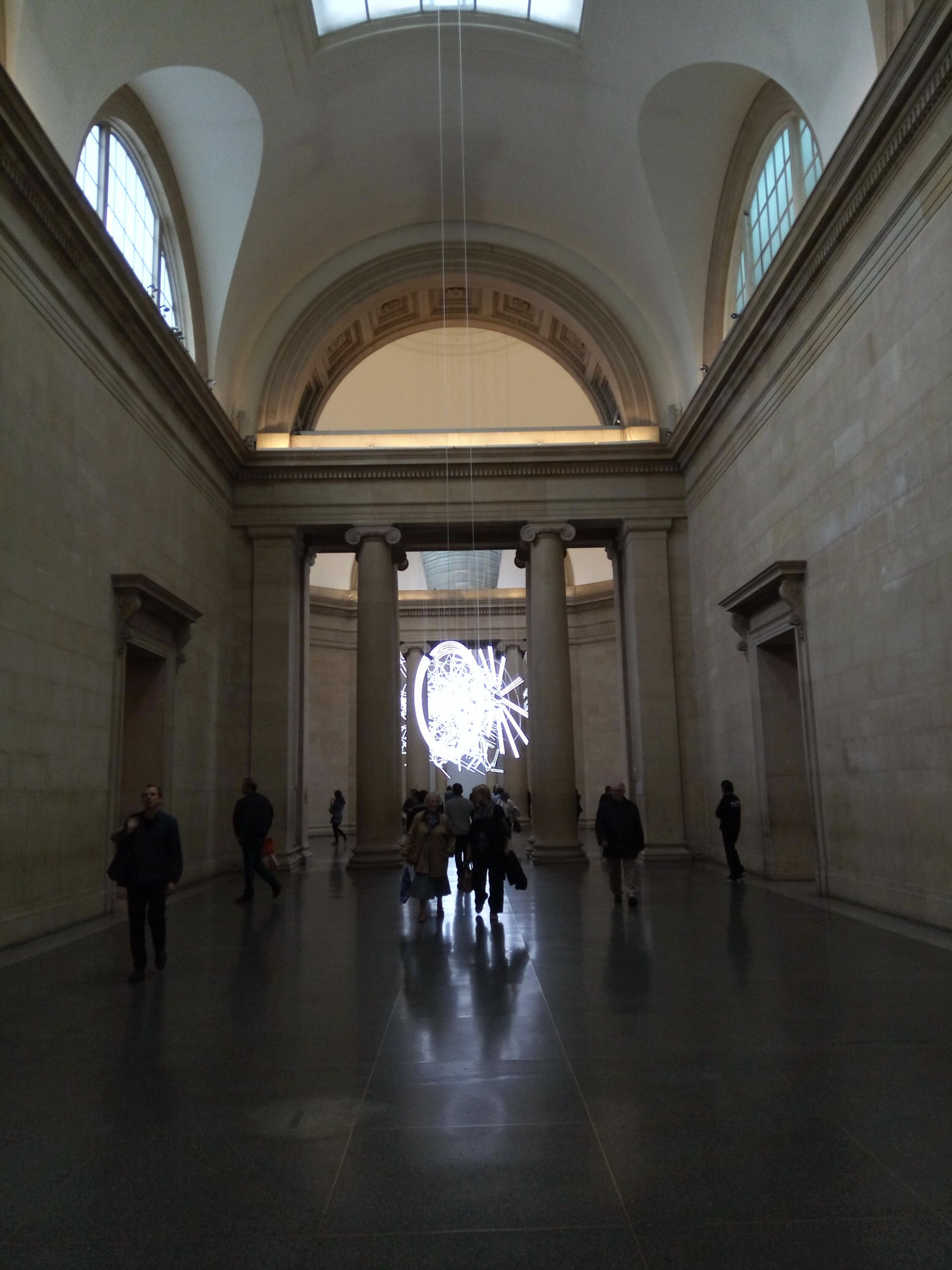Difference between revisions of "Pberetich"
From Londonhua WIKI
(→Westminster Abbey, Tower of London) |
(→Stonehenge and Bath) |
||
| (63 intermediate revisions by 2 users not shown) | |||
| Line 2: | Line 2: | ||
|title = Peter Beretich | |title = Peter Beretich | ||
|header1 = | |header1 = | ||
| − | |bodystyle = width: | + | |bodystyle = width:27em |
| − | |image = [[File: | + | |image = [[File:Beretich_profile.jpg|600px|alt=Image ]] |
|caption = | |caption = | ||
|label2 = '''YouTube''' | |label2 = '''YouTube''' | ||
| − | |data2 = | + | |data2 = https://www.youtube.com/c/PeterBeretich |
|label3 = '''Website''' | |label3 = '''Website''' | ||
| − | |data3 = | + | |data3 = http://peterberetich.com |
}} | }} | ||
=Overview= | =Overview= | ||
| − | The aim of my project is to determine how the Brexit vote and measures being taken affect | + | The aim of my project is to determine how the Brexit vote and measures being taken affect the British people, and comparing the media's coverage to the resulting vote. Previously I have taken Modern European History and Video Production, and plan on combining what I have learned in each to create an aesthetically pleasing visual medium to display my research on the stated topic. During my time in London I hope to better understand how social and economic factors play a role in globalization. |
<br><br> | <br><br> | ||
__TOC__ | __TOC__ | ||
<br> | <br> | ||
| + | |||
=Milestone 1= | =Milestone 1= | ||
<br> | <br> | ||
| − | ===Brexit | + | ===Brexit=== |
'''Objective:''' How has the Brexit vote and recent measures affected business owners? | '''Objective:''' How has the Brexit vote and recent measures affected business owners? | ||
<br><br> | <br><br> | ||
| − | - | + | Within this project I explored the history of Brexit, the power of media coverage before the vote, and how the British people are coping with Brexit one year later. I contrasted the 1975 and 2016 referendum, how the party positions switched during that time, and how recent issues convinced a majority of Brits to vote to leave the European Union. I also observed a Post-Brexit conference, touted as a public discussion on the next steps following Brexit, and came to the realization of how important this issue is to some people, and how it affects the way of life of the British people. It was insightful seeing how lively people became during The Convention, and the experience broke many of the stereotypes of Brits I had originally perceived. |
| + | |||
| + | My Creative component involved writing down my personal observations during and after the vote, and what I have noticed are most important to the British peoples way of life, what makes them tick, and what makes them angry. I also looked at bias in media coverage, and how that could have changed the outcome of the referendum. The use of language in articles lead me to understand how certain publications understand that using anger to their advantage can help advance an agenda, and how this is applicable to many nations. | ||
<br> | <br> | ||
| − | [[ | + | [[Effects_of_Brexit|Read More]] |
<br><br> | <br><br> | ||
=Milestone 2= | =Milestone 2= | ||
<br> | <br> | ||
| − | === | + | ===Henry VIII’s Personal Motivation Behind the English Reformation=== |
| − | '''Objective:''' | + | '''Objective:''' What were Henry VIII's personal and political motivations behind officially beginning the English Reformation, and what effects have lasted until today? |
| + | <br><br> | ||
| + | My aim was to analyse King Henry VIII's personal agenda behind initiating the English Reformation in the mid-16th century. Starting out as a devout Catholic who would consistently defend the Pope and the Vatican, it is curious how he changed his mind so quickly when he wanted to divorce or annul his marriages. His greed and extravagant expenditure indicate ulterior motives when taking over the land owned by monasteries and appropriating their resources. | ||
| + | |||
| + | |||
| + | Through my deliverable, I analyzed how by forcefully exerting his will on many pre-existing institutions, Henry was able to bend the people to his will and quell even the thought of violence against him. By executing his enemies with limited evidence, he showed them as well as his allies that he was not afraid to kill in order to pursue his agenda, and he had the power to do so. Not even those who had been loyal to him for years were safe if they committed any mistake. Henry's successful power grab is comparable to those of modern history, specifically Stalin and his government during the 20th century. | ||
<br><br> | <br><br> | ||
| − | + | [[Henry_VIII%27s_Reformation|Read More]] | |
| − | |||
| − | [[ | ||
<br><br> | <br><br> | ||
=Milestone 3= | =Milestone 3= | ||
<br> | <br> | ||
| − | === | + | ===British Directors=== |
| − | '''Objective:''' | + | '''Objective:''' An examination of three British filmmakers and their directorial art styles. |
| + | <br><br> | ||
| + | In this project I examined the visual elements from a single movie by each of three British filmmakers, Ridley Scott, Danny Boyle, and Christopher Nolan. I looked at the cinematography, color usage, and psychological reasoning behind the both of these. I have discovered that there is a wide range of psychoanalytical evidence behind the cinematography of film. The greatest filmmakers are the ones who understand this, and incorporate it into their work in order to convey their message through more ways than one. My prior evidence with film is through personal research and film creation, as well as taking a video production course at WPI. My aim with this project is to show that while the medium of film is an art, there is interesting psychology and science behind some of the most seemingly trivial things. | ||
<br><br> | <br><br> | ||
| − | + | [[An_Analysis_of_the_Art_Style_of_several_British_Filmmakers.|Read More]] | |
| − | |||
| − | [[ | ||
<br><br> | <br><br> | ||
=Activity Journal= | =Activity Journal= | ||
| − | The | + | ==May 8, 2017== |
| + | ===Westminster Abbey=== | ||
| + | We started the day at Westminster Abbey, where a tour guide led us through the nearly thousand year old building. As we walked through the abbey, we were told about the many bodies buried there, and the large number of memorials there. Famous individuals such as Sir Isaac Newton, Charles Darwin, and many politicians, aristocrats and royalty were buried there, but as the Abbey ran out of room they switched to storing cremated remains. The tour guide also showed us the Shrine of Edward the Confessor. Pieces of the shrine near the bottom had been removed, likely from individuals making pilgrimages to the shrine and keeping mementos. | ||
| + | <br><br> | ||
| + | ===Tower of London=== | ||
| + | The Tower of London was next on the itinerary. As we approached the entrance, the view of the castle and the Tower Bridge in the background was spectacular. To enter we crossed over the moat, where there was a trebuchet resting peacefully. A group of schoolchildren ran around the moat, with some running up to the walls in an attempt to scale the structure. As soon as we entered the western wall, a beefeater began to tell us the story of two princes who died in the tower. During the late 15th century, the two princes, one of whom was Edward V, who was supposed to be crowned King of England. However, after the two boys disappeared, their protector, Richard, Duke of Gloucester was crowned Richard III of England. During the 1600s two bodies believed to belong to those children had been found. | ||
| + | <br> | ||
| + | <br> | ||
| + | |||
| + | ==May 9, 2017== | ||
| + | ===British Museum=== | ||
| + | My group entered the British Museum at 10 in the morning, and from there we went on our way in smaller groups of 2 or 3. I began on the top floor with the ancient Egyptian exhibit with a collection of mummies that puts the museums in the United States to shame. As I continued through the museum, I followed a timeline of human history, seeing artifacts from the Vikings, Mesopotamians, Romans, and more. What was very intriguing was how some of the most interesting artifacts were discovered in some of the most mundane-seeming of places. For example, the Waterloo helmet, pictured below, was found near the Waterloo bridge, in the River Thames. And the Rosetta Stone, used as a part of a medieval fort in Egypt, was found by a Napoleonic campaign. The stone, which was simply used to declare the institution of a cult after the coronation of King Ptolemy V, around 200 BC. This rock, even with such a modest origin, provided the key to an entire language. | ||
<br><br> | <br><br> | ||
| + | <gallery mode="nolines"> | ||
| + | Image:IMG_7547.jpg|Mummified remains | ||
| + | Image:IMG_7548.jpg|Sarcophagus | ||
| + | Image:IMG_7552.jpg|Helmet | ||
| + | Image:IMG_7558.jpg|Ceremonial chestplate | ||
| + | Image:IMG_7559.jpg|The Waterloo Helmet | ||
| + | Image:IMG_7570.jpg|An early chess board | ||
| + | Image:IMG_7582.jpg|The Rosetta Stone | ||
| + | Image:IMG_7585.jpg|Hoa Hakananai'a | ||
| + | Image:IMG_7596.jpg|4th century mosaic. | ||
| + | </gallery> | ||
| + | <br> | ||
| + | <br> | ||
| − | May | + | ==May 10, 2017== |
| + | ===St. Paul's Cathedral=== | ||
| + | [[File:St. Paul's Cathedral from a distance.jpg|thumb|right|320px]] | ||
| + | We woke up bright and early to get to the Cathedral before 8:30. We got to the church, and after a short wait were able to enter. We received our tickets and tour guide handhelds and were set free. On the outside the building is magnificent, but on the interior it is even more so. Throughout the tour we learned interesting pieces of information, including how the organ was split in two once the screen blocking the main altar was removed, how the interior dome is actually separated from the outer dome by a brick cone, and how the English church struck down several of the architect Christopher Wren's initial plans because they were "too catholic." This last fact I found particularly interesting, and led me to write an article for this site on the topic. | ||
<br><br> | <br><br> | ||
| − | == | + | ==May 11, 2017== |
| − | + | ===National Gallery=== | |
| + | Outside of the National Gallery, right before the doors open, homeless artists use chalk to create their work displayed on the ground daily. Inside the gallery, we browsed the artwork for a good two hours today, seeing some magnificent pieces. You can notice patterns in what artists find inspiration in when painting. There were many pieces on Christ and John the Baptist, from pictures of when the two were infants to later in each of their lives. Another common theme was the nativity of Christ, as well as pieces on Mary Magdalene. Also common were paintings of Greek mythology, including one by Luca Giordano on Perseus turning Phineas to stone. | ||
<br><br> | <br><br> | ||
| − | + | On our way through the gallery we found art students sketching replicas of pieces there. A group of French schoolchildren were learning about the paint "The Ambassadors," by Holbein, which has incredibly detailed still-life components, as well as a famous anamorphic skull. This skull is only clear when viewed from the high right side of the painting or the low left side. | |
<br><br> | <br><br> | ||
| − | + | <gallery mode="nolines"> | |
| + | File:IMG_7695_compressed.jpg | ||
| + | File:IMG_7703_compressed.jpg | ||
| + | File:IMG_7701_compressed.jpg | ||
| + | File:IMG_7716_compressed.jpg | ||
| + | File:IMG_7717_compressed.jpg | ||
| + | File:IMG_7782_compressed.jpg | ||
| + | </gallery> | ||
<br> | <br> | ||
<br> | <br> | ||
| − | == | + | ==May 12, 2017== |
| − | + | ===Natural History Museum=== | |
| − | <br> | + | It took a 40 minute trip to get to the Museum, so needless to say we had high expectations for it. I did enjoy the Earthquake simulator, and the display of rocks and minerals in the museum, but it was not as good as the one in New York City, for a few reasons. It was obviously geared towards a younger audience, which is understandable, but it was not as enjoyable for college students. The dinosaur collection was not very diverse, but had several collections of the same dinosaur, which in itself was impressive. The overuse of fossil molds and poor layout of the museum was disappointing however. I will say that for a free museum it is still worth a trip. |
| − | <br> | + | <br><br> |
| + | |||
| + | ==May 15, 2017== | ||
| + | ===Tate Britain=== | ||
| + | Went to the Tate Britain museum this morning. In the main hall of the gallery there is a beautiful light display with entrances leading each part of the timeline of British art. The timeline is an interesting concept, allowing you to walk through each decade, starting from the 16th century to the present. Personally, I prefer the older pieces, mostly because of my interest in the history from that time. | ||
| + | [[File:Tatebritainlightdisplay compressed.jpg|300px|thumb|center]] | ||
| + | <br><br> | ||
| + | |||
| + | ==May 16, 2017== | ||
| + | ===Victoria and Albert Museum=== | ||
| + | The Victoria and Albert Museum is very large. When you first walk in you do not realize it, but as you continue through the maze of exhibits it feels never ending. I found many of the exhibits fascinating, and in general I found the museum more interesting than the other art museums I've visited. This likely has to do with the mixture of physical objects as well as paintings. There were more interactive exhibits than nearby museums, and they were not just geared towards a younger audience. | ||
| + | <br><br> | ||
| + | |||
| + | ==May 17, 2017== | ||
| + | ===Tate Modern=== | ||
| + | The museum gives you the impression of a looming building from a dystopian society. Entering the building does not help this notion. Inside the basement, with the concrete and industrial design, you feel like you are in an evil lair. The almost alien exhibits make the space feel like something from a movie. The whole experience felt surreal. <br> | ||
| + | Some of the film exhibitions were very interesting, especially "How Not to Be Seen," by Hito Steyerl. The museum had a lot of interactive pieces, especially audio-centered exhibits like the "40 Part Motet" by Janet Cardiff. I also enjoyed the viewing platform of the museum that allows you to see the London skyline. | ||
| + | <br><br> | ||
| + | |||
| + | ==May 18, 2017== | ||
| + | ===Museum Of London=== | ||
| + | While the Museum of London isn't as big or as well-funded as museums like the Tate or Victoria and Albert museum, it was still one of my favorites. The hallways filled with Early human to Roman to modern artifacts, were not only informative, but inspiring, especially for my milestone work. There were exhibits about the plague that helped me learn a lot about the time period, and how devastating the disease was on the English people. Another interesting exhibit was the London Stone, which is a stone that has been in London for an unknown period of time, and has been shrouded in mystery. | ||
| + | <br><br> | ||
| + | |||
| + | ==May 22, 2017== | ||
| + | ===Museum Of London II: Docklands=== | ||
| + | Continuing the Museum of London adventure, I went to the Docklands museum. They show the history of this site in London, where a large dock was built in order to protect the ships in the West India Docks. The docks ultimately closed down in 1980, and the museum opened in 2003. The museum had immersive recreated streets, like in the original museum of London, and gave good insight into the life of people who lived near and worked at the docks. There was also an interesting exhibit on slavery. It showed how enslaved peoples were badly treated, including one that was particularly wrong, essentially chaining them to a hamster wheel. | ||
| + | <br><br> | ||
| + | |||
| + | ==May 23, 2017== | ||
| + | ===Imperial War Museum=== | ||
| + | The Imperial War Museum is any 10 year old's dream, tanks, fighter planes, and a wide assortment of weapons. However for me it was also a profound experience. The exhibits do not unrealistically glorify war, and do a decent job of showing the horrors of fighting in the World Wars and beyond. One of the more emotional exhibits was the Holocaust exhibit, two floors showing the horrors of Nazi rule. A model of Auschwitz guides you through the concentration camp, and ultimately the mass gassing and killing of innocent people. However, the museum showed hope at the end, showing the stories of those who had been rescued. | ||
| + | <br><br> | ||
| + | |||
| + | ==May 24, 2017== | ||
| + | ===Hampton Court Palace=== | ||
| + | From the front entrance of the Palace you cannot tell how enormous the site really is. Once you enter, however, it is easy to get lost. I started with a tour through King Henry VIII's kitchens, which was a fascinating experience. Even five hundred years ago there was a supply chain process through the kitchens that had a goal of being efficient and effective. From the final stage of the cooking process, food could be served in under 30 seconds to the Great Hall, where guests would have been served. As someone studying industrial engineering, I found this particularly interesting. The next two tours, "Young Henry VIII" and "Henry VIII's apartments" gave a fascinating juxtaposition between the time when Henry was handsome, kind, and chivalrous, to when he became cruel and tyrannical. The latter two being the adjectives Henry VIII is known as today. | ||
| + | <br><br> | ||
| + | |||
| + | ==May 25, 2017== | ||
| + | ===Horniman Museum=== | ||
| + | The Horniman Museum is located in a calmer and quieter part of Greater London, and the hilly area provides a great view of the London skyline. The museum itself is quite small, with only two open, free exhibitions, one being the natural history collection, and the other being an instrument exhibition. The natural history exhibition consisted of a large variety of stuffed animals and bones, as well as some pretty low quality sculpted models. The instrument exhibition was an interesting site, but did not take long to go through, especially since it was not very interactive. However, the gardens at the museum were very beautiful and relaxing, along with the sheep grazing there. | ||
| + | <br><br> | ||
| + | |||
| + | ==May 30, 2017== | ||
| + | ===The Wallace Collection=== | ||
| + | The Wallace collection is Sir Richard Wallace's house in London, that now serves as an art collection. It has many beautiful displays, but the house itself is a work of art, with its furnishings and decorations. I found the several collections of weapons very fascinating, and the armor displays were like something from a dream. I found it very interesting that Sir Wallace was the illegitimate son of the Marquess of Hertford, yet was left with such an incredible estate. | ||
| + | <br><br> | ||
| + | |||
| + | ==May 31, 2017== | ||
| + | ===The London Science Museum=== | ||
| + | I did not have high hopes for the London Science Museum, especially after seeing the Natural History Museum, which was a disappointment. However once I got inside I was taken aback with the immense machinery on the ground floor, with numerous steam engines that were fascinating to read about and observe in action. The collection of spacecraft was also incredible, learning about the history of British space travel as I walked by rockets that hung across the entire room. I must have spent three or four hours there, but have no regrets. | ||
| + | <br><br> | ||
| + | |||
| + | ==June 8, 2017== | ||
| + | ===Stonehenge and Bath=== | ||
| + | Our tour guide was great during this trip, and very entertaining (even though some of his facts were off about Henry VIII). Stonehenge was cold, but had the best atmosphere to see it, with fog and "spooky" weather. Bath was a great stop for Lunch, and the history about it was interesting. It is also a very beautiful city, I wish we got to spend more time there. The secret location was obviously very cool, and I liked being able to visualize medieval villages like the ones I had seen in movies and on TV. | ||
| + | <br><br> | ||
| + | |||
| + | ==June 12, 2017== | ||
| + | ===Windsor Castle=== | ||
| + | I was a little disappointed with this trip, it might have been because I was sick, but there was not a lot to see at Windsor. The changing of the guard was nice, but the exhibits inside the castle just were not my style. Also since it is a residence, it makes sense there was not much to see, but I would not want to be the one to spend £20 to go see it. | ||
| + | <br><br> | ||
===My Complete Contributions=== | ===My Complete Contributions=== | ||
| − | + | [[Reformation#Effects_on_the_construction_of_St._Paul.27s_Cathedral_in_the_17th_century|St. Paul's; Reformation]]<br> | |
| − | ====[[Special:Contributions/ | + | [[British_Museum#Great_Migrations|Great Migrations; British Museum]]<br> |
| + | [[The_National_Gallery#Georges_Seurat|Georges Seurat; National Gallery]]<br> | ||
| + | [[Natural_History_Museum#The_Museum_in_Popular_Culture|Museum in Popular Culture; Natural History Museum]]<br> | ||
| + | [[Reformation#Removal_of_St._Thomas_Becket_from_Medieval_Manuscripts|Removal of St. Thomas from Manuscripts; English Reformation]]<br> | ||
| + | [[Imperial_War_Museum#Little_Boy|Little Boy; Imperial War Museum]]<br> | ||
| + | [[Imperial_War_Museum#Radar_Penetration_System|Radar Penetration System; Imperial War Museum]]<br> | ||
| + | <br> | ||
| + | ====[[Special:Contributions/pberetich|All of My Created Content and Edits]]==== | ||
<br> | <br> | ||
<br> | <br> | ||
| − | [[Category: | + | [[Category:Profiles]] |
| − | [[Category: | + | [[Category:2017]] |
| + | [[Category:Advisor:Manzo]] | ||
| + | [[Category:Advisor:Clark]] | ||
Latest revision as of 17:42, 22 June 2017
 | |
| YouTube | https://www.youtube.com/c/PeterBeretich |
|---|---|
| Website | http://peterberetich.com |
Overview
The aim of my project is to determine how the Brexit vote and measures being taken affect the British people, and comparing the media's coverage to the resulting vote. Previously I have taken Modern European History and Video Production, and plan on combining what I have learned in each to create an aesthetically pleasing visual medium to display my research on the stated topic. During my time in London I hope to better understand how social and economic factors play a role in globalization.
Contents
- 1 Overview
- 2 Milestone 1
- 3 Milestone 2
- 4 Milestone 3
- 5 Activity Journal
Milestone 1
Brexit
Objective: How has the Brexit vote and recent measures affected business owners?
Within this project I explored the history of Brexit, the power of media coverage before the vote, and how the British people are coping with Brexit one year later. I contrasted the 1975 and 2016 referendum, how the party positions switched during that time, and how recent issues convinced a majority of Brits to vote to leave the European Union. I also observed a Post-Brexit conference, touted as a public discussion on the next steps following Brexit, and came to the realization of how important this issue is to some people, and how it affects the way of life of the British people. It was insightful seeing how lively people became during The Convention, and the experience broke many of the stereotypes of Brits I had originally perceived.
My Creative component involved writing down my personal observations during and after the vote, and what I have noticed are most important to the British peoples way of life, what makes them tick, and what makes them angry. I also looked at bias in media coverage, and how that could have changed the outcome of the referendum. The use of language in articles lead me to understand how certain publications understand that using anger to their advantage can help advance an agenda, and how this is applicable to many nations.
Read More
Milestone 2
Henry VIII’s Personal Motivation Behind the English Reformation
Objective: What were Henry VIII's personal and political motivations behind officially beginning the English Reformation, and what effects have lasted until today?
My aim was to analyse King Henry VIII's personal agenda behind initiating the English Reformation in the mid-16th century. Starting out as a devout Catholic who would consistently defend the Pope and the Vatican, it is curious how he changed his mind so quickly when he wanted to divorce or annul his marriages. His greed and extravagant expenditure indicate ulterior motives when taking over the land owned by monasteries and appropriating their resources.
Through my deliverable, I analyzed how by forcefully exerting his will on many pre-existing institutions, Henry was able to bend the people to his will and quell even the thought of violence against him. By executing his enemies with limited evidence, he showed them as well as his allies that he was not afraid to kill in order to pursue his agenda, and he had the power to do so. Not even those who had been loyal to him for years were safe if they committed any mistake. Henry's successful power grab is comparable to those of modern history, specifically Stalin and his government during the 20th century.
Read More
Milestone 3
British Directors
Objective: An examination of three British filmmakers and their directorial art styles.
In this project I examined the visual elements from a single movie by each of three British filmmakers, Ridley Scott, Danny Boyle, and Christopher Nolan. I looked at the cinematography, color usage, and psychological reasoning behind the both of these. I have discovered that there is a wide range of psychoanalytical evidence behind the cinematography of film. The greatest filmmakers are the ones who understand this, and incorporate it into their work in order to convey their message through more ways than one. My prior evidence with film is through personal research and film creation, as well as taking a video production course at WPI. My aim with this project is to show that while the medium of film is an art, there is interesting psychology and science behind some of the most seemingly trivial things.
Read More
Activity Journal
May 8, 2017
Westminster Abbey
We started the day at Westminster Abbey, where a tour guide led us through the nearly thousand year old building. As we walked through the abbey, we were told about the many bodies buried there, and the large number of memorials there. Famous individuals such as Sir Isaac Newton, Charles Darwin, and many politicians, aristocrats and royalty were buried there, but as the Abbey ran out of room they switched to storing cremated remains. The tour guide also showed us the Shrine of Edward the Confessor. Pieces of the shrine near the bottom had been removed, likely from individuals making pilgrimages to the shrine and keeping mementos.
Tower of London
The Tower of London was next on the itinerary. As we approached the entrance, the view of the castle and the Tower Bridge in the background was spectacular. To enter we crossed over the moat, where there was a trebuchet resting peacefully. A group of schoolchildren ran around the moat, with some running up to the walls in an attempt to scale the structure. As soon as we entered the western wall, a beefeater began to tell us the story of two princes who died in the tower. During the late 15th century, the two princes, one of whom was Edward V, who was supposed to be crowned King of England. However, after the two boys disappeared, their protector, Richard, Duke of Gloucester was crowned Richard III of England. During the 1600s two bodies believed to belong to those children had been found.
May 9, 2017
British Museum
My group entered the British Museum at 10 in the morning, and from there we went on our way in smaller groups of 2 or 3. I began on the top floor with the ancient Egyptian exhibit with a collection of mummies that puts the museums in the United States to shame. As I continued through the museum, I followed a timeline of human history, seeing artifacts from the Vikings, Mesopotamians, Romans, and more. What was very intriguing was how some of the most interesting artifacts were discovered in some of the most mundane-seeming of places. For example, the Waterloo helmet, pictured below, was found near the Waterloo bridge, in the River Thames. And the Rosetta Stone, used as a part of a medieval fort in Egypt, was found by a Napoleonic campaign. The stone, which was simply used to declare the institution of a cult after the coronation of King Ptolemy V, around 200 BC. This rock, even with such a modest origin, provided the key to an entire language.
May 10, 2017
St. Paul's Cathedral
We woke up bright and early to get to the Cathedral before 8:30. We got to the church, and after a short wait were able to enter. We received our tickets and tour guide handhelds and were set free. On the outside the building is magnificent, but on the interior it is even more so. Throughout the tour we learned interesting pieces of information, including how the organ was split in two once the screen blocking the main altar was removed, how the interior dome is actually separated from the outer dome by a brick cone, and how the English church struck down several of the architect Christopher Wren's initial plans because they were "too catholic." This last fact I found particularly interesting, and led me to write an article for this site on the topic.
May 11, 2017
National Gallery
Outside of the National Gallery, right before the doors open, homeless artists use chalk to create their work displayed on the ground daily. Inside the gallery, we browsed the artwork for a good two hours today, seeing some magnificent pieces. You can notice patterns in what artists find inspiration in when painting. There were many pieces on Christ and John the Baptist, from pictures of when the two were infants to later in each of their lives. Another common theme was the nativity of Christ, as well as pieces on Mary Magdalene. Also common were paintings of Greek mythology, including one by Luca Giordano on Perseus turning Phineas to stone.
On our way through the gallery we found art students sketching replicas of pieces there. A group of French schoolchildren were learning about the paint "The Ambassadors," by Holbein, which has incredibly detailed still-life components, as well as a famous anamorphic skull. This skull is only clear when viewed from the high right side of the painting or the low left side.
May 12, 2017
Natural History Museum
It took a 40 minute trip to get to the Museum, so needless to say we had high expectations for it. I did enjoy the Earthquake simulator, and the display of rocks and minerals in the museum, but it was not as good as the one in New York City, for a few reasons. It was obviously geared towards a younger audience, which is understandable, but it was not as enjoyable for college students. The dinosaur collection was not very diverse, but had several collections of the same dinosaur, which in itself was impressive. The overuse of fossil molds and poor layout of the museum was disappointing however. I will say that for a free museum it is still worth a trip.
May 15, 2017
Tate Britain
Went to the Tate Britain museum this morning. In the main hall of the gallery there is a beautiful light display with entrances leading each part of the timeline of British art. The timeline is an interesting concept, allowing you to walk through each decade, starting from the 16th century to the present. Personally, I prefer the older pieces, mostly because of my interest in the history from that time.
May 16, 2017
Victoria and Albert Museum
The Victoria and Albert Museum is very large. When you first walk in you do not realize it, but as you continue through the maze of exhibits it feels never ending. I found many of the exhibits fascinating, and in general I found the museum more interesting than the other art museums I've visited. This likely has to do with the mixture of physical objects as well as paintings. There were more interactive exhibits than nearby museums, and they were not just geared towards a younger audience.
May 17, 2017
Tate Modern
The museum gives you the impression of a looming building from a dystopian society. Entering the building does not help this notion. Inside the basement, with the concrete and industrial design, you feel like you are in an evil lair. The almost alien exhibits make the space feel like something from a movie. The whole experience felt surreal.
Some of the film exhibitions were very interesting, especially "How Not to Be Seen," by Hito Steyerl. The museum had a lot of interactive pieces, especially audio-centered exhibits like the "40 Part Motet" by Janet Cardiff. I also enjoyed the viewing platform of the museum that allows you to see the London skyline.
May 18, 2017
Museum Of London
While the Museum of London isn't as big or as well-funded as museums like the Tate or Victoria and Albert museum, it was still one of my favorites. The hallways filled with Early human to Roman to modern artifacts, were not only informative, but inspiring, especially for my milestone work. There were exhibits about the plague that helped me learn a lot about the time period, and how devastating the disease was on the English people. Another interesting exhibit was the London Stone, which is a stone that has been in London for an unknown period of time, and has been shrouded in mystery.
May 22, 2017
Museum Of London II: Docklands
Continuing the Museum of London adventure, I went to the Docklands museum. They show the history of this site in London, where a large dock was built in order to protect the ships in the West India Docks. The docks ultimately closed down in 1980, and the museum opened in 2003. The museum had immersive recreated streets, like in the original museum of London, and gave good insight into the life of people who lived near and worked at the docks. There was also an interesting exhibit on slavery. It showed how enslaved peoples were badly treated, including one that was particularly wrong, essentially chaining them to a hamster wheel.
May 23, 2017
Imperial War Museum
The Imperial War Museum is any 10 year old's dream, tanks, fighter planes, and a wide assortment of weapons. However for me it was also a profound experience. The exhibits do not unrealistically glorify war, and do a decent job of showing the horrors of fighting in the World Wars and beyond. One of the more emotional exhibits was the Holocaust exhibit, two floors showing the horrors of Nazi rule. A model of Auschwitz guides you through the concentration camp, and ultimately the mass gassing and killing of innocent people. However, the museum showed hope at the end, showing the stories of those who had been rescued.
May 24, 2017
Hampton Court Palace
From the front entrance of the Palace you cannot tell how enormous the site really is. Once you enter, however, it is easy to get lost. I started with a tour through King Henry VIII's kitchens, which was a fascinating experience. Even five hundred years ago there was a supply chain process through the kitchens that had a goal of being efficient and effective. From the final stage of the cooking process, food could be served in under 30 seconds to the Great Hall, where guests would have been served. As someone studying industrial engineering, I found this particularly interesting. The next two tours, "Young Henry VIII" and "Henry VIII's apartments" gave a fascinating juxtaposition between the time when Henry was handsome, kind, and chivalrous, to when he became cruel and tyrannical. The latter two being the adjectives Henry VIII is known as today.
May 25, 2017
Horniman Museum
The Horniman Museum is located in a calmer and quieter part of Greater London, and the hilly area provides a great view of the London skyline. The museum itself is quite small, with only two open, free exhibitions, one being the natural history collection, and the other being an instrument exhibition. The natural history exhibition consisted of a large variety of stuffed animals and bones, as well as some pretty low quality sculpted models. The instrument exhibition was an interesting site, but did not take long to go through, especially since it was not very interactive. However, the gardens at the museum were very beautiful and relaxing, along with the sheep grazing there.
May 30, 2017
The Wallace Collection
The Wallace collection is Sir Richard Wallace's house in London, that now serves as an art collection. It has many beautiful displays, but the house itself is a work of art, with its furnishings and decorations. I found the several collections of weapons very fascinating, and the armor displays were like something from a dream. I found it very interesting that Sir Wallace was the illegitimate son of the Marquess of Hertford, yet was left with such an incredible estate.
May 31, 2017
The London Science Museum
I did not have high hopes for the London Science Museum, especially after seeing the Natural History Museum, which was a disappointment. However once I got inside I was taken aback with the immense machinery on the ground floor, with numerous steam engines that were fascinating to read about and observe in action. The collection of spacecraft was also incredible, learning about the history of British space travel as I walked by rockets that hung across the entire room. I must have spent three or four hours there, but have no regrets.
June 8, 2017
Stonehenge and Bath
Our tour guide was great during this trip, and very entertaining (even though some of his facts were off about Henry VIII). Stonehenge was cold, but had the best atmosphere to see it, with fog and "spooky" weather. Bath was a great stop for Lunch, and the history about it was interesting. It is also a very beautiful city, I wish we got to spend more time there. The secret location was obviously very cool, and I liked being able to visualize medieval villages like the ones I had seen in movies and on TV.
June 12, 2017
Windsor Castle
I was a little disappointed with this trip, it might have been because I was sick, but there was not a lot to see at Windsor. The changing of the guard was nice, but the exhibits inside the castle just were not my style. Also since it is a residence, it makes sense there was not much to see, but I would not want to be the one to spend £20 to go see it.
My Complete Contributions
St. Paul's; Reformation
Great Migrations; British Museum
Georges Seurat; National Gallery
Museum in Popular Culture; Natural History Museum
Removal of St. Thomas from Manuscripts; English Reformation
Little Boy; Imperial War Museum
Radar Penetration System; Imperial War Museum
All of My Created Content and Edits
